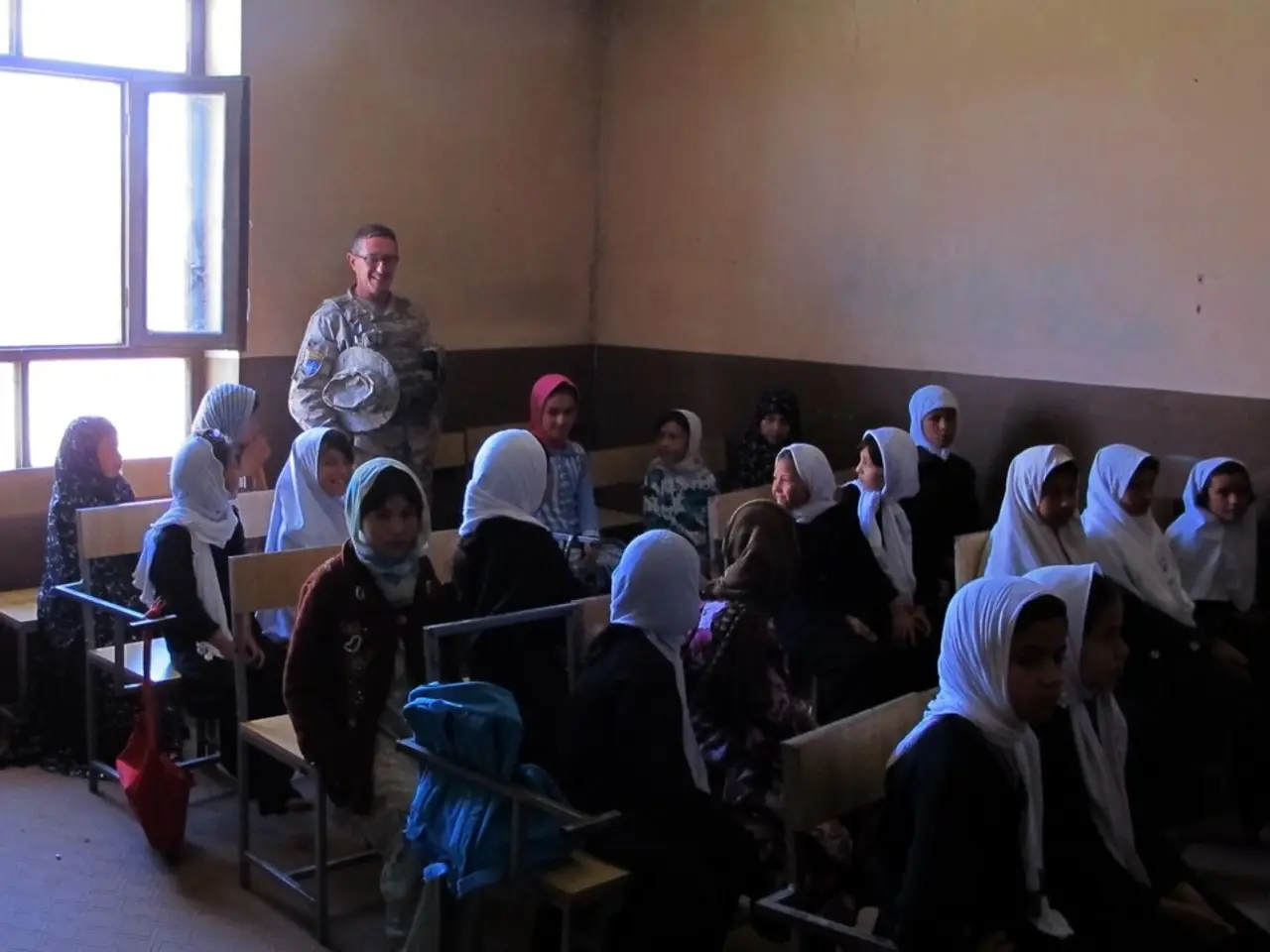Examination of the American Education Structure
The U.S. education system, once regarded as the best in the world, now faces increased scrutiny and calls for reform. Despite heavy investments in education per capita and higher education spending, challenges remain in K-12 achievement, prompting comparisons with high-performing Eastern education systems like China and Singapore.
International Rankings and Performance
In 2014, the U.S. ranked 14th by the Economist Intelligence Unit, and 19th in PISA assessments for 15-year-olds in reading, math, and science, with average scores slightly above OECD but behind leading Eastern countries. In contrast, China ranks 9th globally, leading in math (#1) and second in reading, and Singapore ranks 10th with top-three placements in math and science for PISA scores.
Educational Focus and Outcomes
Eastern systems emphasize rigorous STEM education, high teacher quality, and academic discipline. China and Singapore maintain high literacy rates (above 97%) and compulsory education completion rates exceeding 90%, with teacher-student ratios around 1:15–17. The U.S., on the other hand, offers broad curricula with flexibility but reports wider learning gaps and inequalities, especially exacerbated by the COVID-19 pandemic.
Spending and Resources
Despite spending more per student and a higher GDP percentage on education (6.2% vs. OECD average 5.2%), the U.S. does not match the top academic outcomes of Eastern countries. U.S. investment focuses significantly on post-secondary education, where 48% of young adults attain tertiary degrees, slightly above OECD average.
Educational Structure and Specialization
Compared to Eastern focused early specialization (notably in Singapore's system), U.S. education offers broader subject exposure. The U.S. values curricular flexibility and extracurriculars, which aligns with broader educational goals but may compromise international test rankings.
Analysis for Reform Recommendations
To improve the U.S. education system, reforms could include incorporating more rigorous STEM curricula modeled after high-performing Eastern systems, addressing educational disparities widened by pandemic effects, emphasizing continuous teacher training, optimizing teacher-student ratios, retaining U.S. strengths in broad-based education and critical thinking, and enhancing standardized assessment frameworks to identify and address specific academic weaknesses earlier.
The U.S. system’s strength in higher education and research funding remains a key asset; reforms at the K-12 level focusing on adopting successful methods from Eastern systems could improve overall international standing and student outcomes.
The U.S. education system, influenced by opinions from students, parents, journalists, and shaped by the values of each school and the specific needs of its students, comprises thirteen years, known as K-12, followed by post-secondary education. The Individuals with Disabilities Education Act (IDEA) and the Elementary and Secondary Education Act (ESEA) exemplify the significance that the U.S. places on education. However, controversies surround the fairness of standardized tests, particularly in relation to students from underprivileged backgrounds, and the growing debate about the emphasis on students' mental health and sexual orientation in the U.S. education system. The No Child Left Behind Act, put in place to improve public primary and secondary schools, has received severe backlash over the years.
Reforms are necessary to address the issues facing the U.S. education system and to improve its international standing. A blend of increased academic rigor, equitable resource distribution, and targeted teacher professionalization inspired by Eastern education systems appears most promising.
- The editorial on U.S. education system calls for reform, citing the need for greater emphasis on rigorous STEM curricula and teacher training, like those found in high-performing Eastern systems.
- The features section of the article discusses the mental health of students as a growing concern in the U.S. education system, a topic that has sparked ongoing debate and policy discussions.
- In the learning section, readers can find resources on education-and-self-development, including research on the effectiveness of literature in promoting educational outcomes.
- The opinion piece suggests that policy-and-legislation reforms in the U.S. education system, such as optimizing teacher-student ratios, could help bridge the learning gaps and improve academic outcomes in K-12.
- General-news reports indicate that political battles continue over educational policies, such as the No Child Left Behind Act, with critics calling for more equitable resource distribution and less focus on standardized tests.




